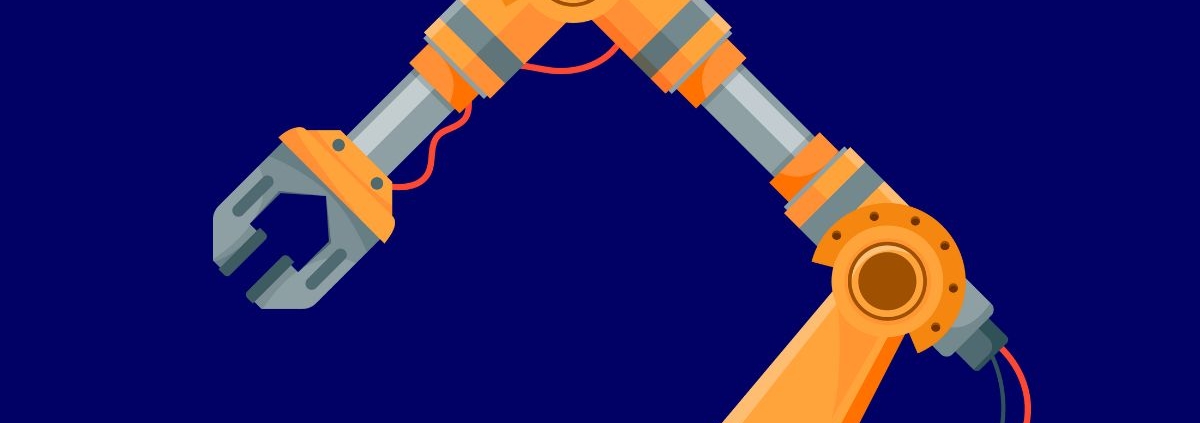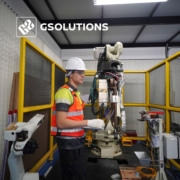Automation with Cobots: Which Robotic Arm Brands are Most Used in the USA?
The rise of collaborative robots (cobots) represents a paradigm shift in industrial automation. Unlike traditional industrial robots locked away in cages, cobots are designed to work alongside humans, offering flexibility, lower setup cost and faster ROI. At Gsolutions, we help manufacturing clients leverage cobots as a strategic automation tool. But with many brands in the marketplace, which robotic arm manufacturers stand out in the U.S.?
What are cobots and why they matter
Cobots (collaborative robots) are defined by their ability to operate safely alongside human workers, often equipped with integrated sensors, flexible programming and modular design. Their adoption is accelerating due to labour shortages, demand for flexible production and the impetus of Industry 4.0. MarketsandMarkets+1 For companies scaling automation, cobots offer:
-
reduced barrier to entry compared with large industrial robots,
-
easier redeployment across tasks,
-
faster programming and commissioning.
Leading cobot brands in the U.S.
Several brands dominate the market due to their product maturity, distribution network and service infrastructure:
-
Universal Robots (UR): A pioneer in cobots, UR is frequently cited as the market leader. Their “plug-and-play” ecosystem (UR+), extensive partner network and user-friendly interface make them a top choice. MarketsandMarkets+1
-
FANUC: Known for high-precision industrial automation, FANUC also offers collaborative models (such as the CRX series) that bring heavy payload capacities and integrate into broader automation systems. fanucamerica+1
-
ABB: With strong global presence and proven robotics pedigree, ABB’s cobot series (such as GoFa and SWIFTI) are increasingly adopted in U.S. manufacturing. qviro.com+1
-
Other notable brands: KUKA, Yaskawa, Techman Robot each contribute to the ecosystem with niche capabilities. Market.us Scoop+1
Key criteria for selecting a cobot brand
When clients ask Gsolutions for guidance, we evaluate based on:
-
Payload and reach (does the task require 6 kg light work or 25 kg heavy lifting?)
-
Programming simplicity and integration ecosystem (those with intuitive interfaces and strong partner networks reduce time to value)
-
Support network in the U.S. (local service, spare parts, training)
-
Scalability and redeployment potential (cobots that can move between cells/tasks provide better ROI)
-
Safety and compliance (especially when humans and robots share space).
The role of cobots in future-proof automation
As manufacturing evolves—driven by reshoring, customisation and workforce dynamics—cobots will be central. Their flexibility, lower deployment cost and human-robot collaboration capacity align with future operational models. At Gsolutions, our vision is to help clients not just deploy cobots, but embed them into adaptive automation strategies—where robots become enablers of change rather than fixed assets.
By selecting the right brand, integrating with culture, and aligning with business objectives, firms can unlock productivity gains, labour cost reduction and operational flexibility.







Dejar un comentario
¿Quieres unirte a la conversación?Siéntete libre de contribuir!